At a glance, hawks and falcons can look pretty similar.
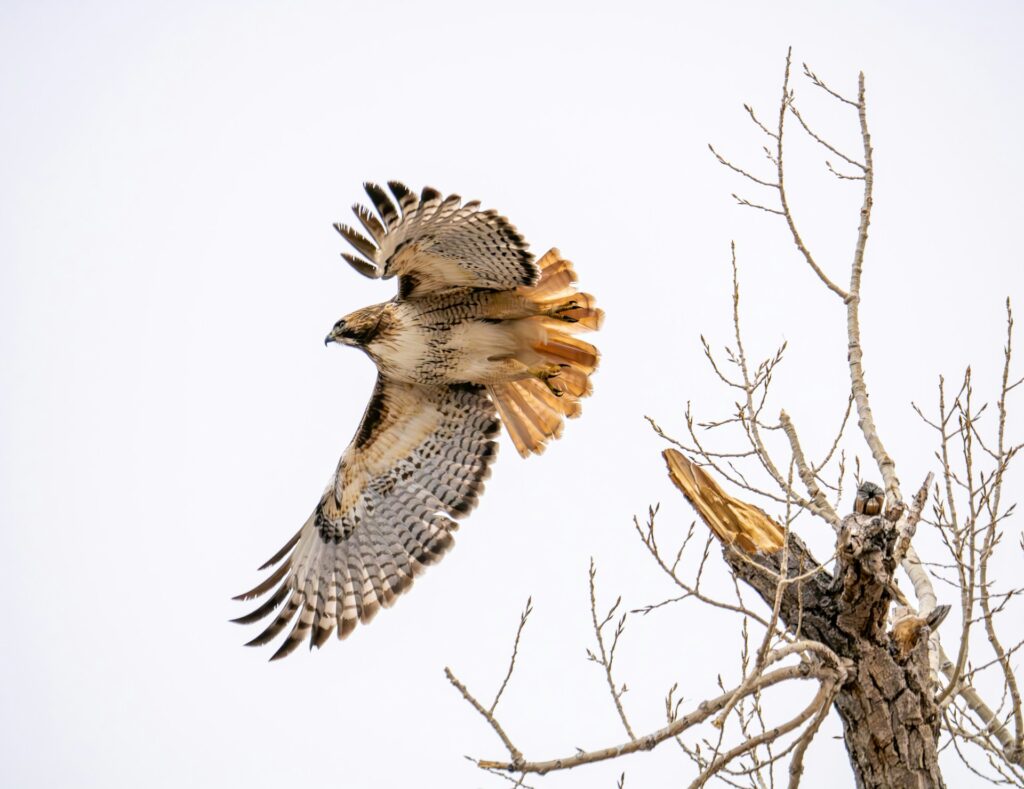
After all, they’re both sharp-eyed birds of prey with hooked beaks and killer instincts. However, when you dig into the details, the differences are much more noticeable. From the way they hunt to the shape of their wings, here’s how hawks and falcons really differ. The more you notice the ways in which they’re completely unique, the easier it gets to tell them apart.
1. Falcons are built for speed, hawks for power
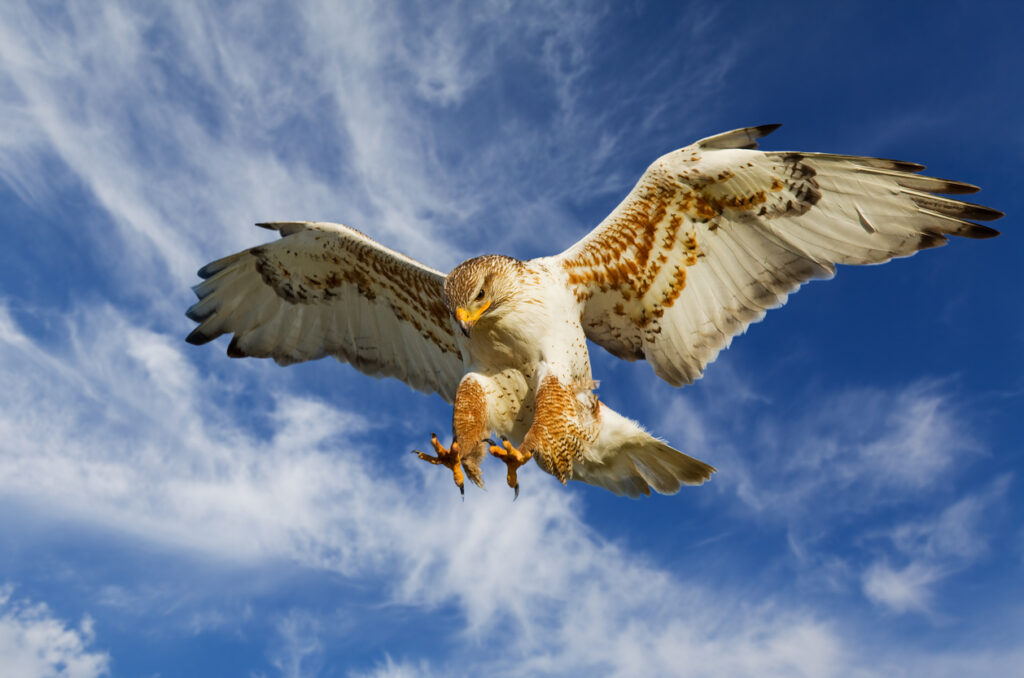
Falcons are sleek, aerodynamic, and lightning fast. Their bodies are designed for high-speed chases in the air, especially when hunting smaller birds mid-flight. The peregrine falcon, for instance, can hit over 200 mph during a dive. Hawks, on the other hand, are stockier and stronger. They tend to rely more on power than speed, soaring above forests or open land and dropping down onto prey with sheer force. It’s more brute strength than high-velocity pursuit.
2. Their wings give it away.
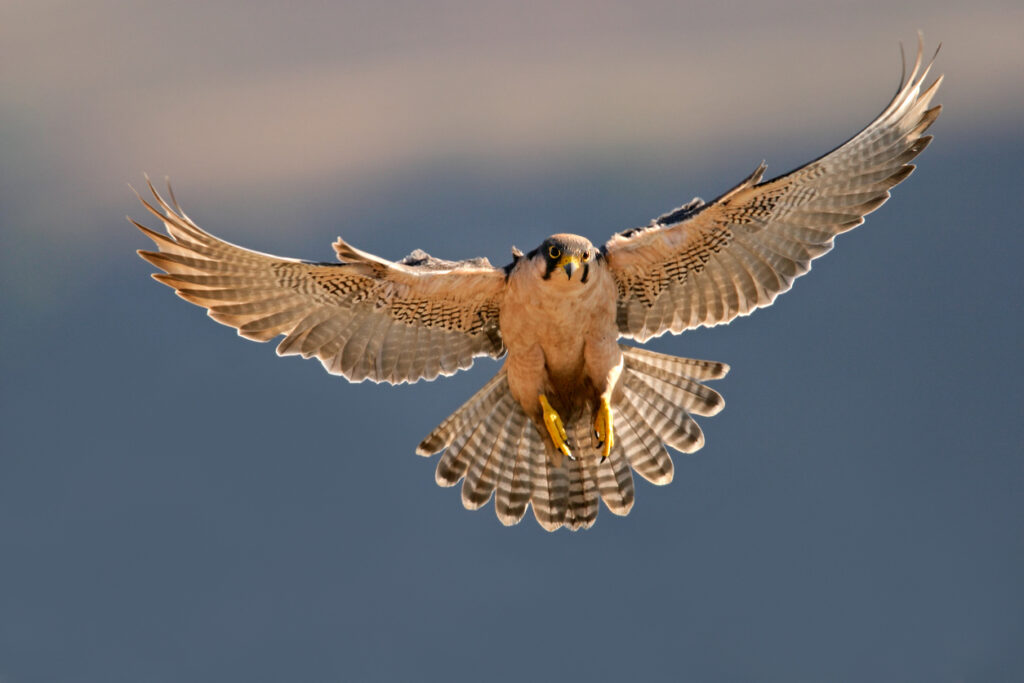
Falcons have long, narrow, pointed wings. This wing shape helps them cut through the air quickly and manoeuvre with precision. It’s like having a pair of high-performance racing blades on either side. Hawks have broader, more rounded wings, which are better for gliding and soaring. They don’t need to move as fast because their hunting strategy often involves ambushing prey rather than chasing it down.
3. Falcons use their beaks to kill, hawks use their talons.

This is a key difference. Falcons have a special notch in their beaks called a “tomial tooth,” which they use to quickly snap the necks of their prey. It’s precise, brutal, and efficient—classic falcon behaviour. Hawks usually rely on their powerful talons to do the killing. They grab, squeeze, and hold onto their prey tightly until the struggle is over. It’s more about grip and weight than quick execution.
4. Their eyes are placed differently.
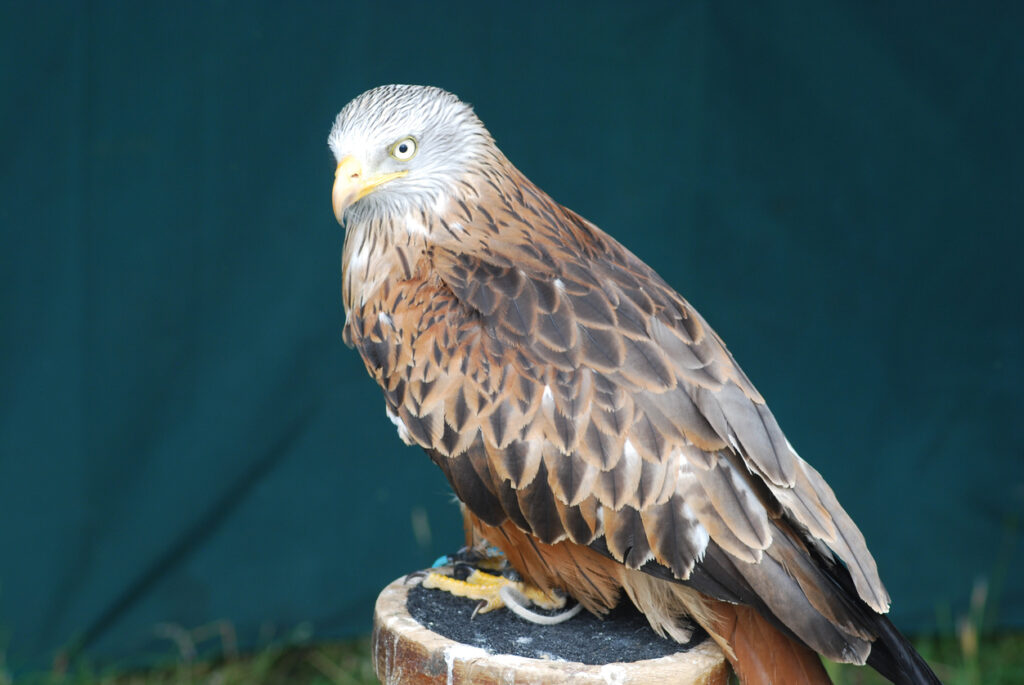
Falcons typically have slightly larger eyes in proportion to their heads, and their eyes are more toward the front. This gives them incredible focus and depth perception for high-speed hunting. Hawks, while still sharp-eyed, tend to have eyes placed slightly more to the sides. They’ve got a wider field of vision, which is helpful for spotting prey from above while circling slowly over open areas.
5. They hunt in different environments.
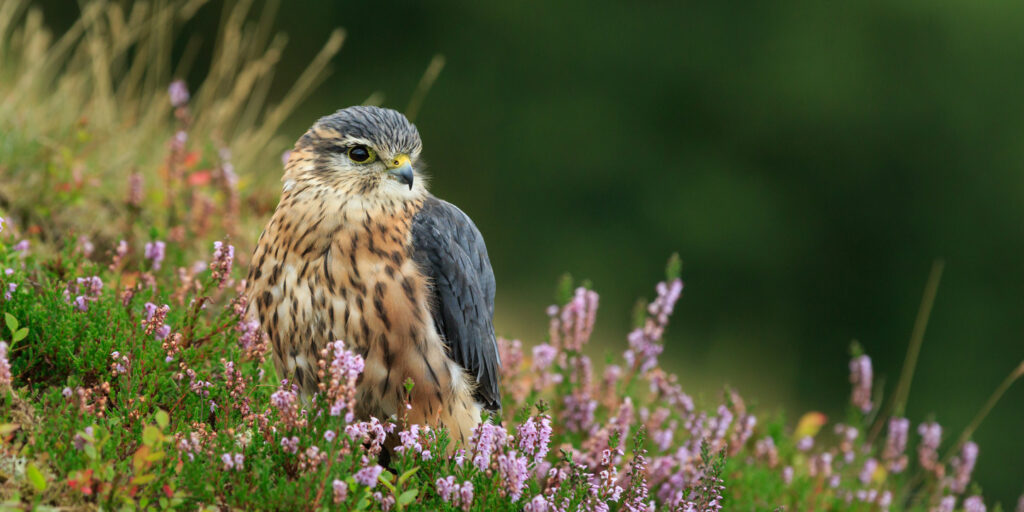
Falcons often prefer open skies, cliffs, and wide, unobstructed areas where they can chase prey at speed. Urban falcons have even adapted to tall buildings and use them like natural cliffs. Hawks are more versatile and can be found in forests, fields, and suburban areas. They’re experts at weaving between trees and using cover to their advantage. If a falcon is an aerial sprinter, a hawk is more like a stealthy stalker.
6. Falcons flap more, hawks soar more.
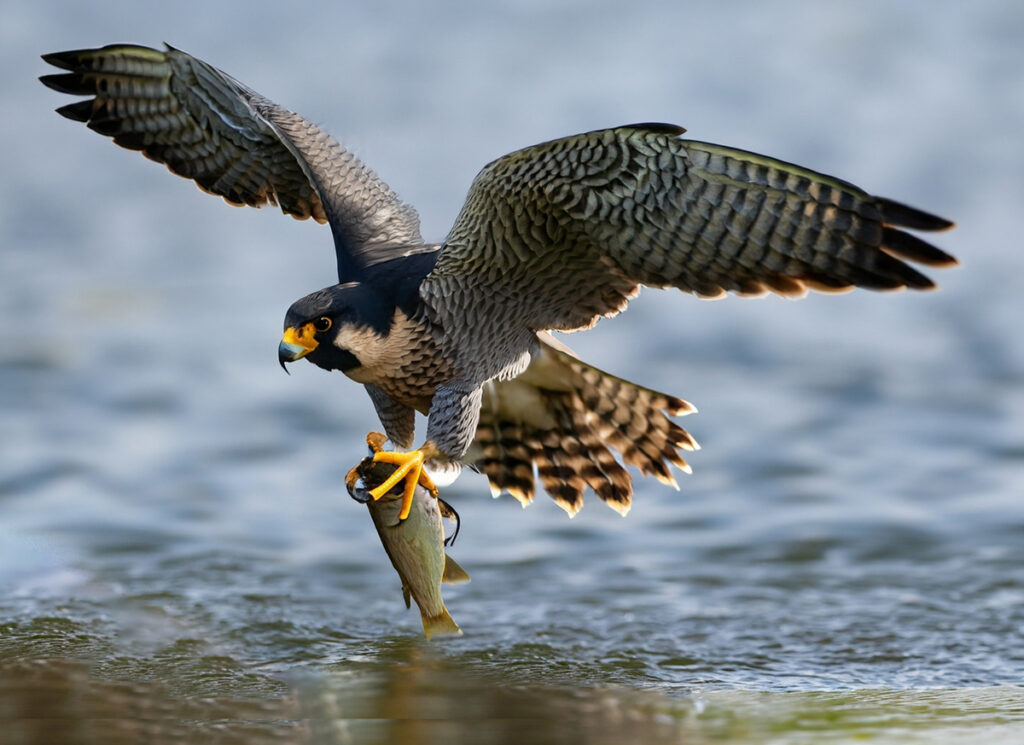
If you spot a bird of prey flying with rapid wing beats and straight-line flight, it’s probably a falcon. They flap more because they’re built for controlled bursts of speed. Hawks, by contrast, tend to soar on thermals with minimal flapping. Their broad wings make gliding more energy-efficient, and you’ll often see them circling high above for long periods without a single wingbeat.
7. Their sounds are very different.
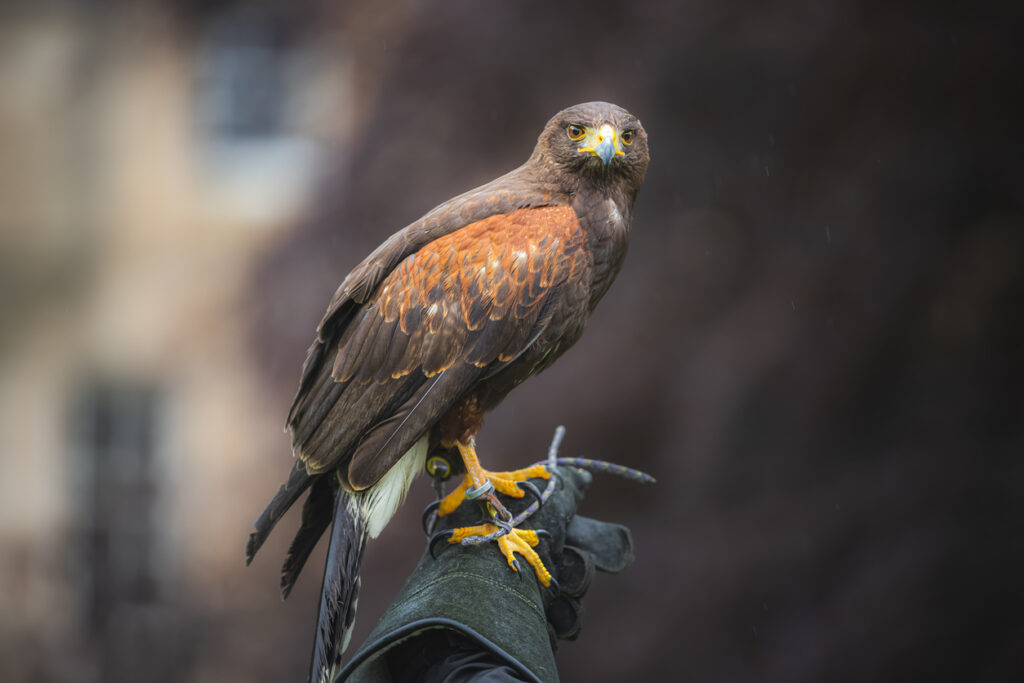
Falcons usually have sharp, high-pitched calls—quick bursts that sound almost like a repeated “kik-kik-kik.” It’s distinctive and often used during flight or while defending territory. Hawks have deeper, more drawn-out cries. The red-tailed hawk, in particular, has a classic raspy screech that gets used in nearly every Hollywood film featuring a bird of prey, regardless of whether it’s the right one.
8. They belong to different families.
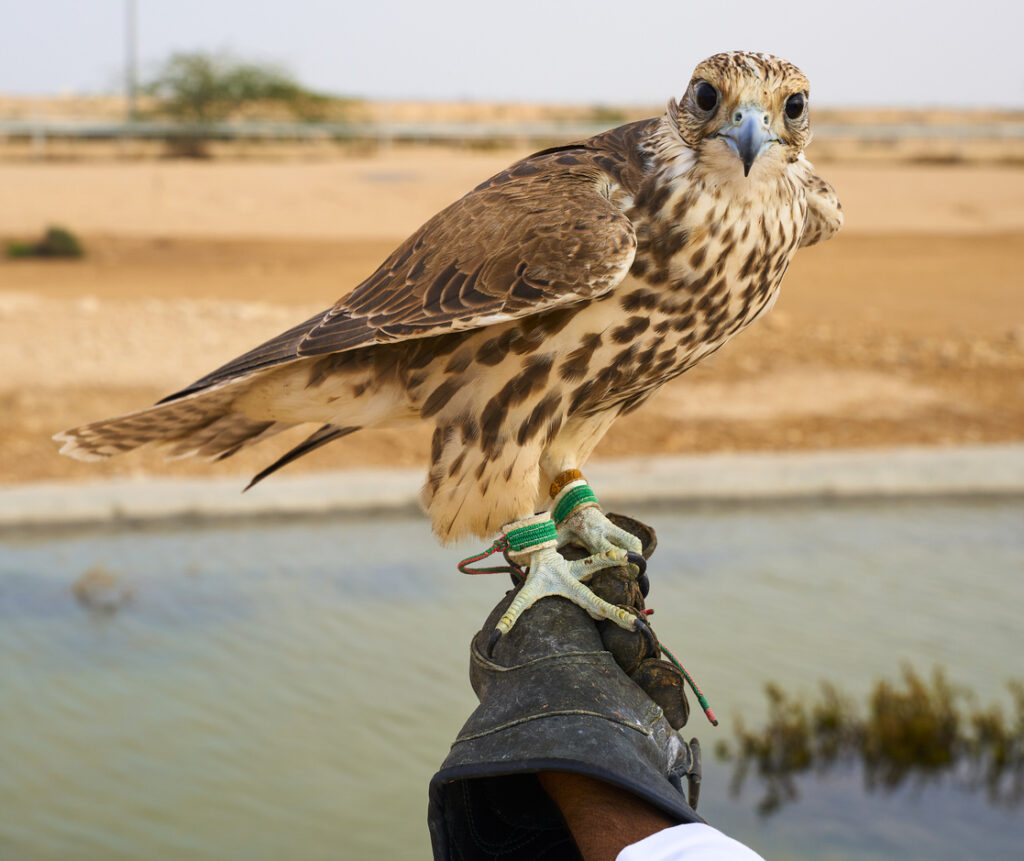
This one’s for the science lovers. Falcons are part of the Falconidae family, while hawks fall under Accipitridae, which also includes eagles and kites. So genetically, falcons are actually more closely related to parrots than they are to hawks. It’s a reminder that similar appearance doesn’t always mean close relation. Falcons and hawks evolved different strategies to become successful hunters in their own right.
9. Hawks grow up slower.
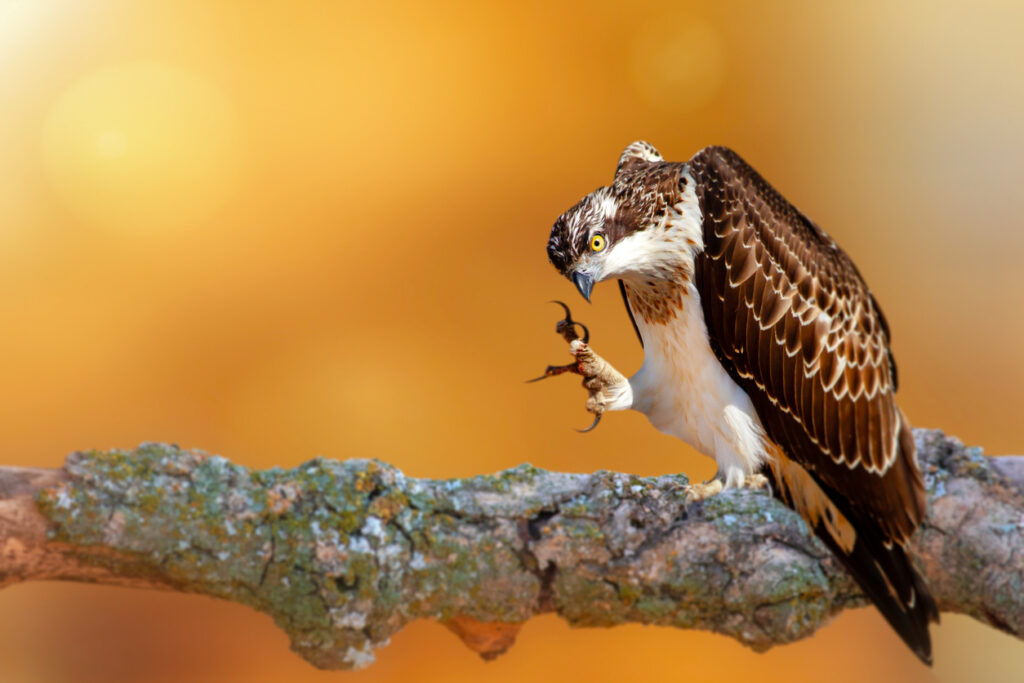
Falcons tend to develop quickly. Chicks mature fast and often fledge earlier than hawks of a similar size. It’s part of their high-energy lifestyle—they’re ready to go, learn fast, and get flying. Hawks, especially larger ones, can take more time to reach full maturity. They might stay in the nest longer and require more parental feeding before they’re confident hunters. It’s a slower but steadier approach to life.
10. Falcons are generally less aggressive toward people.

While both can be protective, hawks are more likely to act aggressively toward humans who get too close to a nest. They’ll swoop, dive-bomb, and scream without hesitation if they feel you’re a threat. Falcons, although fiercely territorial with other birds, tend to be more reserved around humans. They may fly off rather than confront unless they’re very used to people, like those nesting in urban areas.